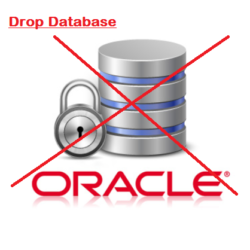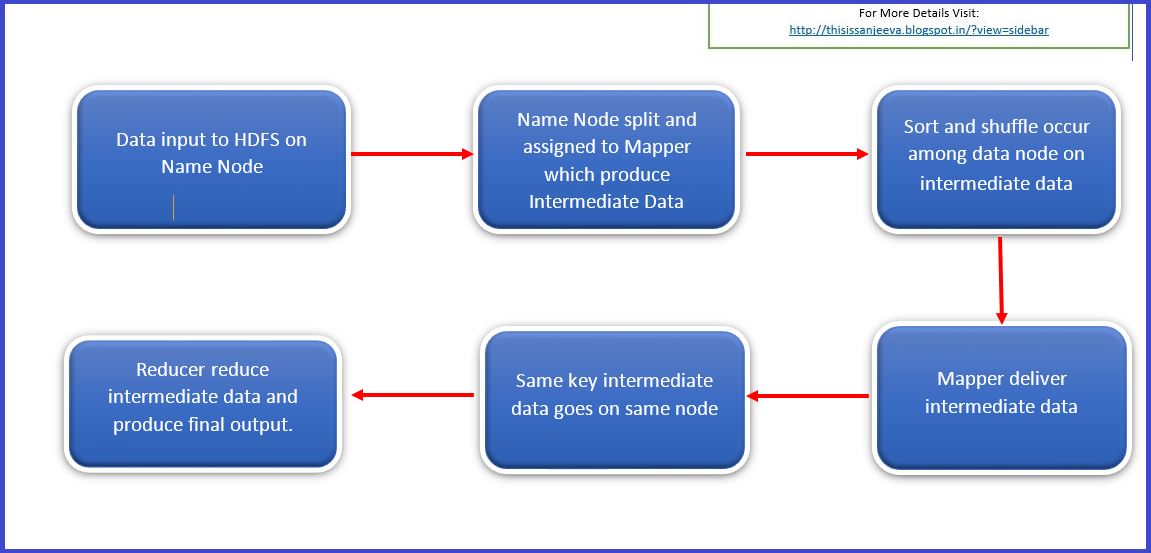Oracle ASM 19c Installation: Complete Guide to Oracle Restart Grid Infrastructure
Oracle Automatic Storage Management (ASM) provides a robust storage management solution for Oracle databases. In this comprehensive guide, we’ll walk through ASM 19c Installation (we will use patch set 25) in a standalone “Oracle Restart” grid infrastructure configuration on Oracle Enterprise Linux (OEL) 9.5. Table of Contents Prerequisites Before starting the installation process, ensure you Read more about Oracle ASM 19c Installation: Complete Guide to Oracle Restart Grid Infrastructure[…]


































